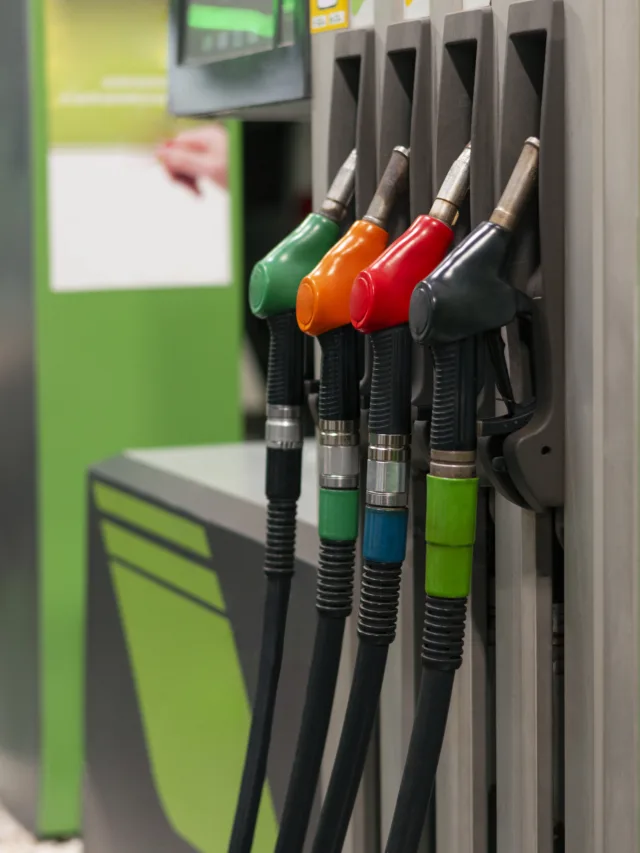TORONTO – In the search for renewable energy, turning low-value materials like switchgrass and corn husks into ethanol to fuel cars is something of a Holy Grail.
In theory, these materials would replace corn as the main feedstock for ethanol in North America, reducing the pressure on farmland that has played a role in rising food prices and put drivers into competition with hungry people.
But scientists on the front lines of this search are finding that making the process commercially and environmentally viable is proving much harder than some of the hype would suggest.
In a greenhouse on the top floor of the science complex at the University of Guelph in southwestern Ontario, microbiologist Anthony Clarke stands next to rows of corn plants sprouting out of black plastic pots.
In them, he sees the future of renewable fuel — but hes not looking at the corn kernel.
“We have all that other green matter: the leaves, the stalk, the husks even,” he said. “So the idea would be to use that material for the biofuel and the grain itself as a food.”
But turning plant waste into fuel is not easy. Plant cellulose is woven into a tight grid, making it difficult — and costly — to extract the glucose needed to make ethanol.
“There is a technology out there for biofuels from cellulosic material, but it does involve acid and steam,” said Clarke. “Both require energy to produce. So more energy is going in, currently, and expense, then is being recovered.”
Goal for efficiency
With the current technology, cellulose delivers less energy than corn. But if the scientists can make their dream technology work, cellulosic ethanol could be three to eight times more energy efficient than corn ethanol.
Clarke and his colleagues are using micro-organisms that produce cellulose-munching enzymes — much like ones that let a cow digest grass — to try to make the dream a reality.
The goal is to create an inexpensive and natural way to produce cellulosic ethanol on a commercial scale.
The research is supported by Ottawa-based Iogen, a leader in second-generation biofuels.
Iogen, backed by Royal Dutch Shell and Goldman Sachs Group, has run a demonstration plant in Ottawa for four years, and hopes to soon be pumping out cellulosic ethanol from a $504 million commercial-scale plant in the Canadian prairie province of Saskatchewan. The company is planning a similar plant in Idaho.
While Canada is on the forefront of cellulosic innovation, its actual ethanol industry is small, producing less than 1 billion liters in 2006, compared with 18.5 billion in the United States and 13 billion in Brazil.
Other companies in the race for next-generation biofuels include DuPont Co and General Motors of the United States. GM has even rolled out 12 models of flex-fuel vehicles, designed to run on an 85 percent ethanol blend.
Click for related content
Biofuels take center stage at U.N. food summit
Just five years away?
“The reality is that next-generation biofuels are the future,” said Canadian Renewable Fuels Association president Gordon Quaiattini. “Its taking a waste product and creating value from it.”
But economist Al Mussell of Guelphs George Morris Centre think tank said the technology is not yet viable.
“The cellulosic-based ethanol is one of those technologies that about ten years ago they said, we are about five years away from having this and five years ago they said, well, we are five years away from having this,” he said.
“So if you ask someone today it won t surprise me if they say, you know, we are just five years away.”









